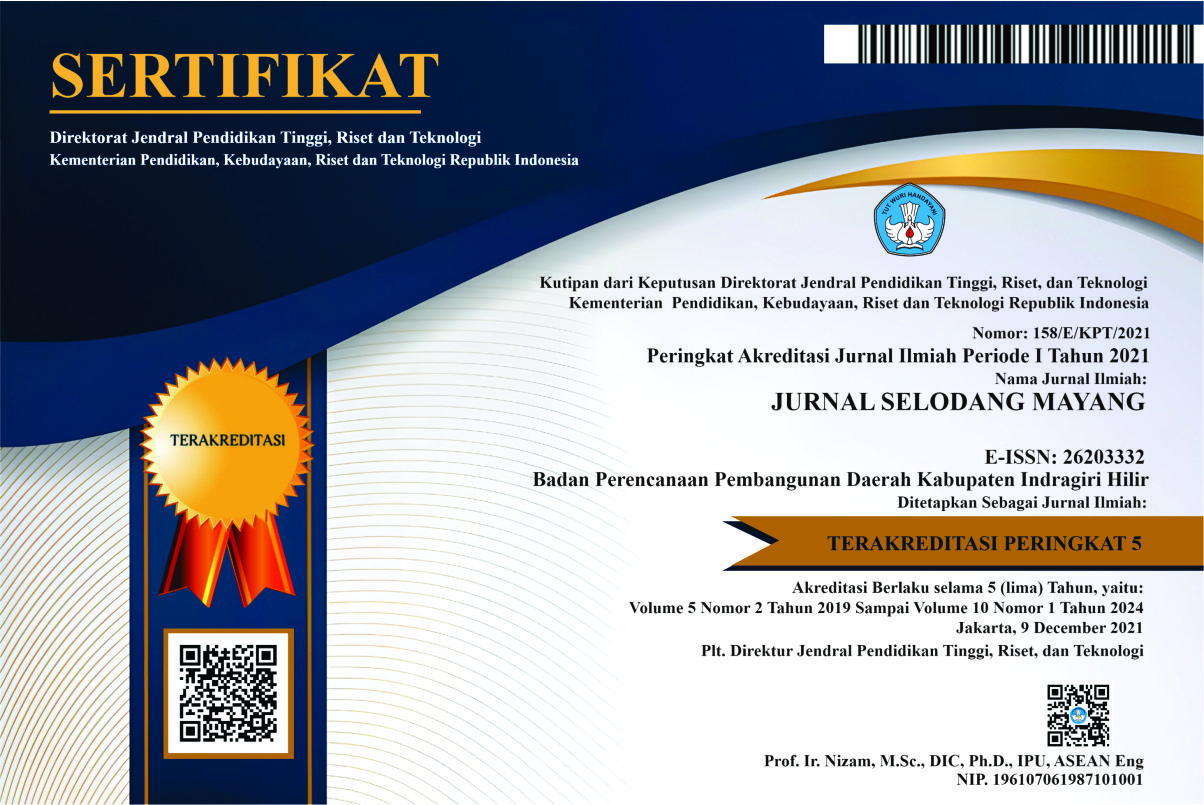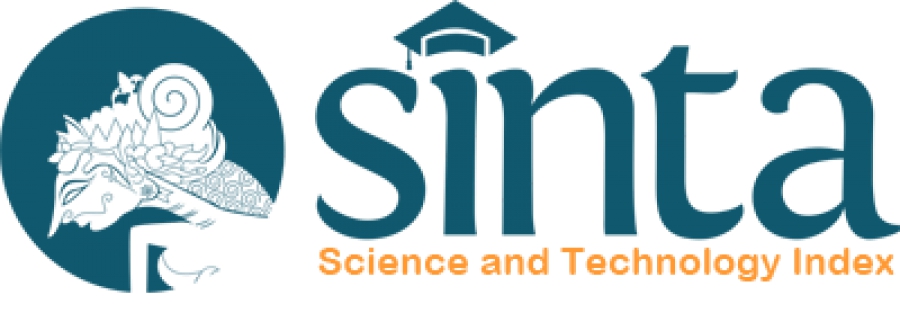PERFORMANCE EVALUATION OF TCP NEWRENO AND TCP VEGAS TO AVOID CONGESTION OVER LTE
Abstract
The one of implementation of a wireless network is based on mobile broadband technology Long Term Evolution (LTE), which offered a variety of advantages, especially in terms of accessing speed, capacity, architectural simplicity and ease of implementation, as well as the breadth of choice of the type of user equipment (UE) that could access the LTE. The majority of internet connections in the world occurred by using the TCP (Transmission Control Protocol), this is caused by TCP reliability in transmitting packets in the network. TCP reliability lied in the ability to control congestion. TCP was originally designed for wired media, but LTE connected through a wireless medium that was not stable in comparing to wired media. A wide variety of TCP made to produce a better performance than its predecessor. In this study, the researcher was simulated the performance that provided by the TCP NewReno and TCP Vegas based on the simulation using network simulator version 2 (ns2). TCP performance is analyzed in terms of throughput and end-to-end delay. The simulation result that obtained from throughput TCP NewReno had an average throughput about 1033.34 kbps and received packets of 4594 bits and the average throughput on TCP Vegas was about 912 624 kbps and received packets of 4161 bits, then the results of the simulation delay obtained, the average delay on TCP Vegas was about 4768.66 ms, and the average delay on TCP NewReno was about 4864.21 ms. Both the analysis throughput and end-to-end delay performed by time for 0 to 60 second.









